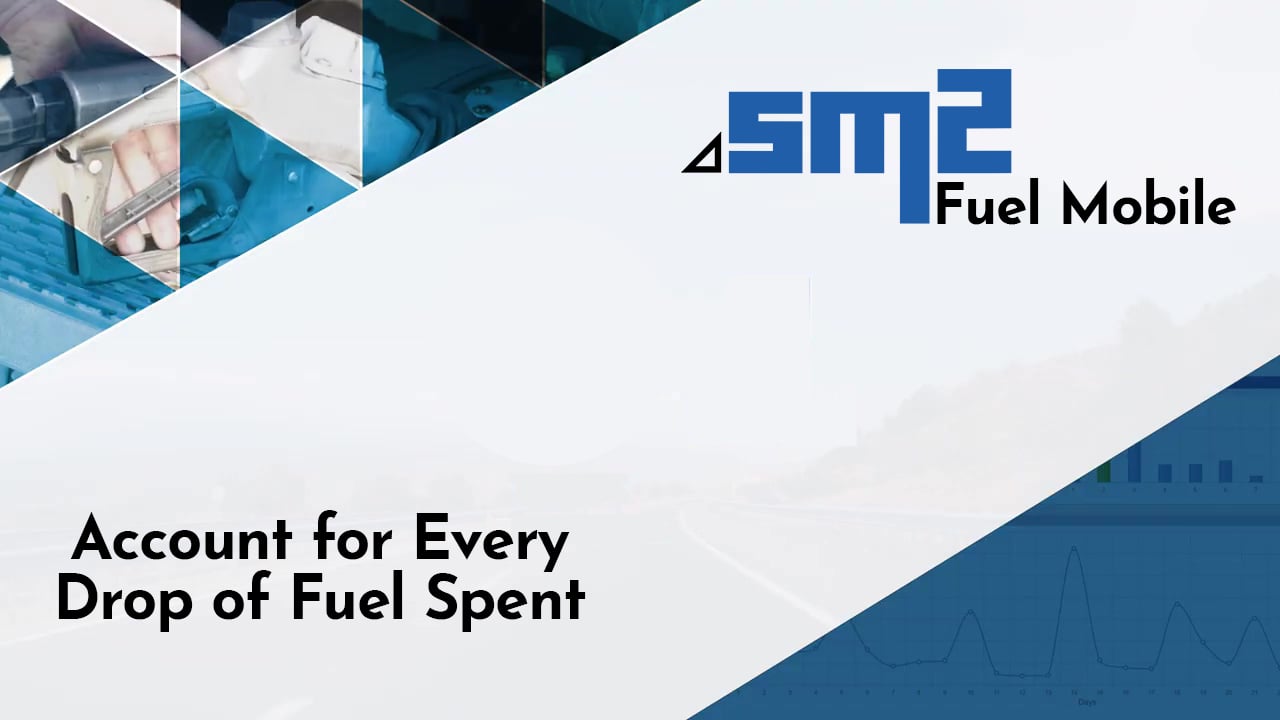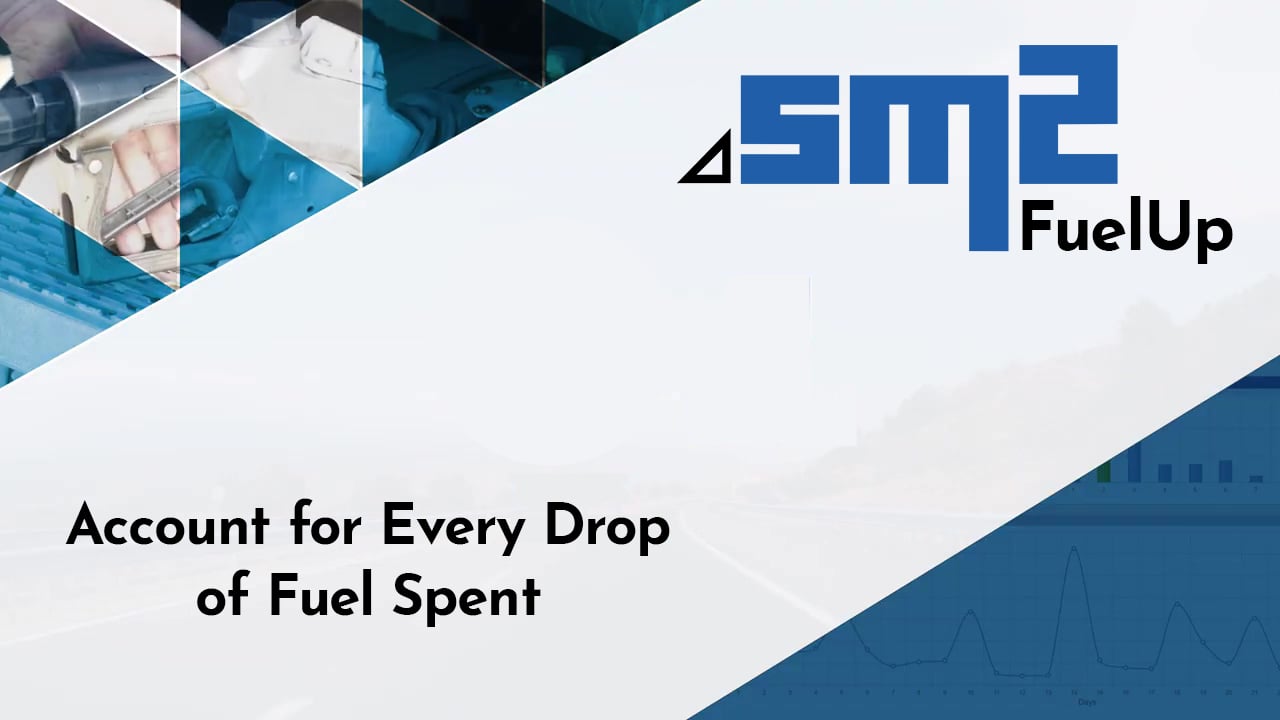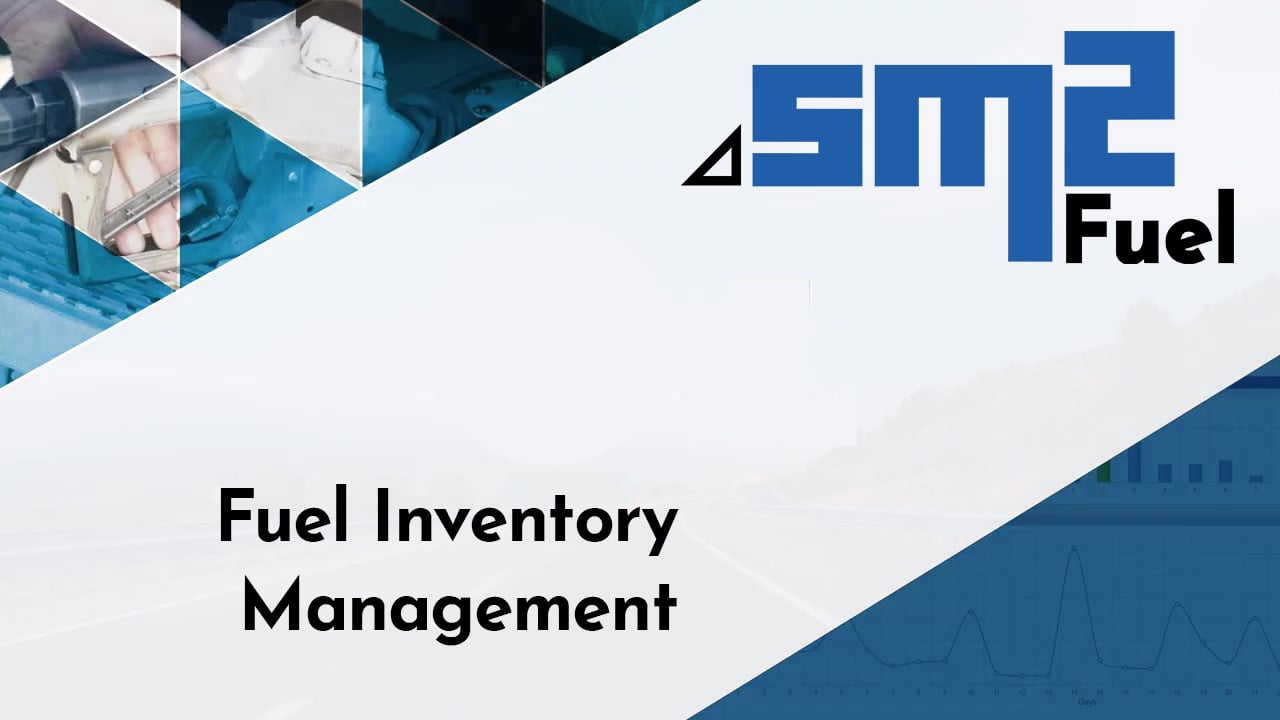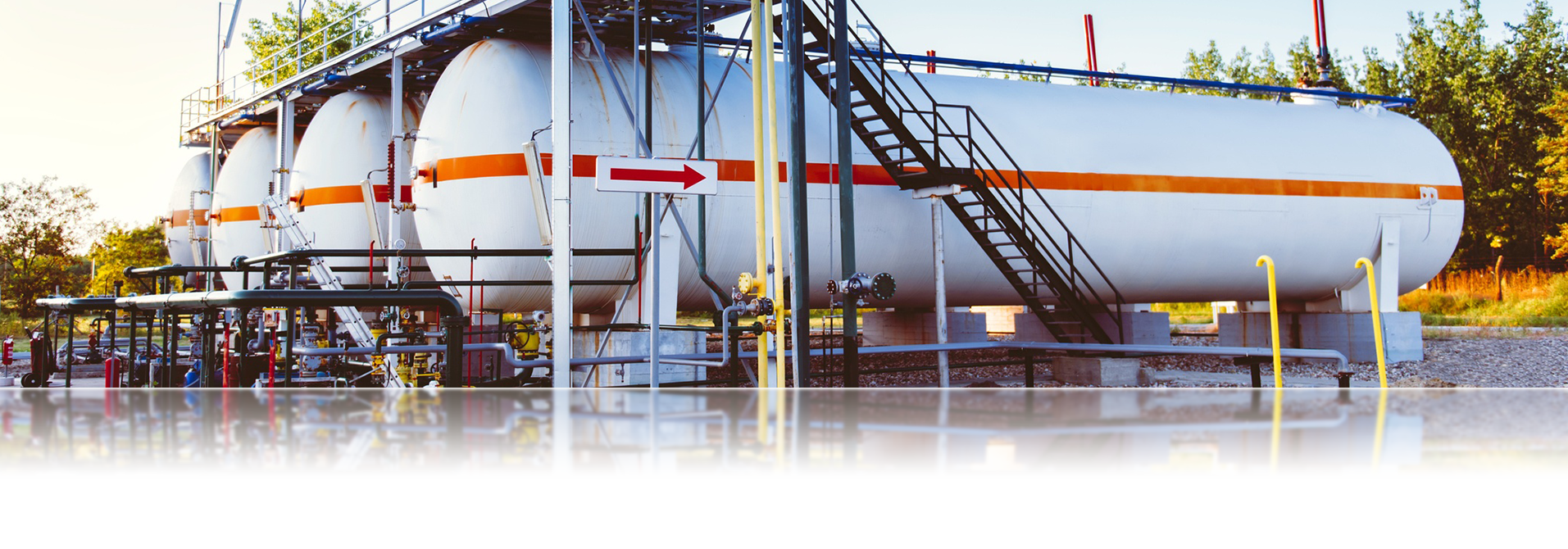
Tend to less tedious tasks while SM2-FUEL gathers the data you need to reconcile fuel consumed with purchases and inventory.
SM2-FUEL's single-click reconciliation report matches consumption to inventory at any time you need—as often as daily if you wish—enabling you to catch discrepancies or shrinkage early enough that small problems don't turn into big ones.
SM2-FUEL also monitors your storage tanks 24/7 and notifies you immediately of any leaks, potentially saving your hundreds of thousands in cleanup costs and environmental damage.
You will always be in full compliance of environmental regulations, able to produce the required reports in the exact format needed with a single click.
- Automatic gauging of storage tanks
- Automatic recording of fuel drops
- 24/7 monitoring and notification of leaks and reorder levels
- Single click reconciliation of consumption to purchases and inventories
- Get accurate records needed for full compliance with environmental regulations
- Produce compliance reports in the exact format needed
- Ensure accountability for all types of consumables: gasoline, diesel, LNG, engine oil, etc.
- Track even fuel dispensed to jerrycans!
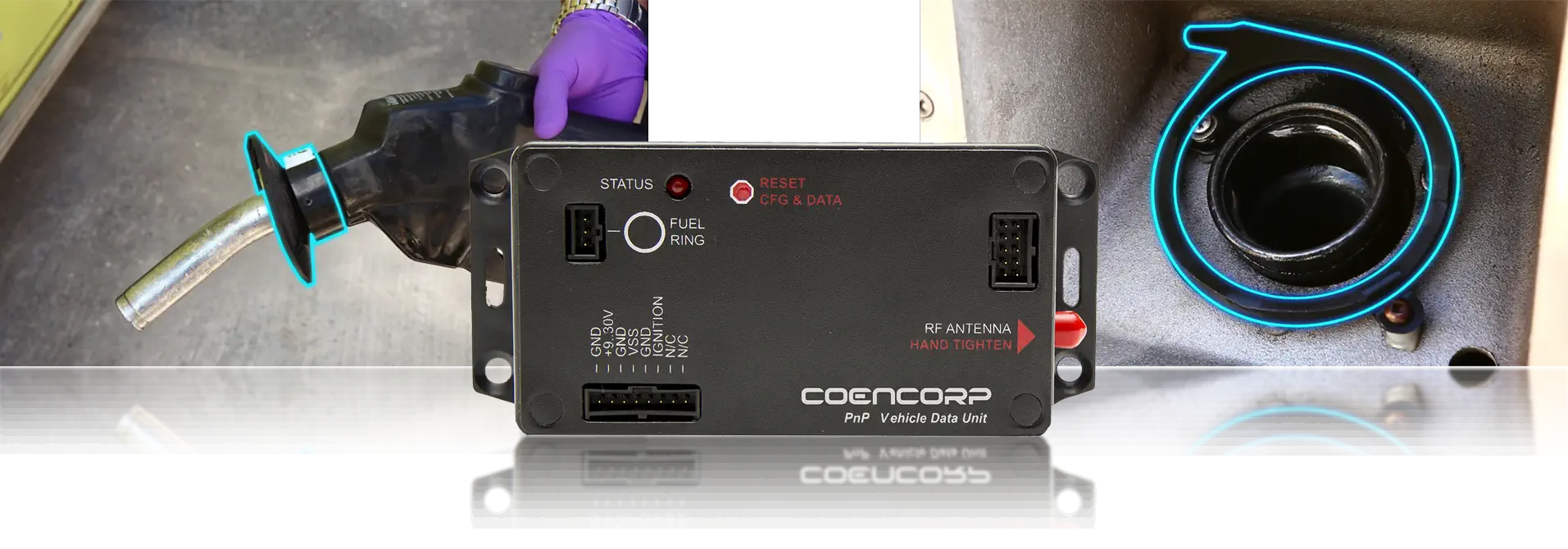
Never again worry about bad vehicle data or fuel theft.
Automatically identify authorized company vehicles, capture crucial maintenance data—all while speeding up refueling.
Just fuel up and go: great for drivers, great for fleet managers, great for financial controllers.
- Automatic capture of vehicle data including meters, engine fault codes, and idling
- Self-contained, passive nozzle gear: no wires or batteries to replace
- Drive-by capture of vehicle data at non fuel locations without recurring fees
- Theft-proof by design: fuel flows if and only if nozzle remains inserted in an authorized vehicle
- Plug-and-play installation of vehicle unit saves you a radical amount of time
Browser based management software

Easily monitor and manage all your sites and activities from a central, dynamic dashboard. Aggregate and filter information from different sources into ad hoc views, which you can name and save for frequent reuse.
Create your own custom dashboards and views, combined and presented to gain valuable business and operational insights.
- Run it in-house or let us host and maintain it for you
- User customizable dynamic dashboards
- User customizable ad hoc views and subviews with aggregated sum/average functions
- Automated reports
- Powerful custom notifications engine triggered by any combination of system data or events
- Setup and customization services

You have better things to do than deal with emergencies created by equipment failure.
Even the best systems are inept without rock-solid hardware components to run on. From the biting cold of the Great White North to the scorching heat of Florida and Texas, SM2-FUEL has a proven track record of reliability you can trust.
- Industrial strength Fuel Island Terminal
- Industrial SiteController computer
- Weatherized steel construction
- Steel keypad
- Wide temperature range operation
- Industrial grade control electronics
- Robust surge protection
- Redundant Fuel Island Terminal and Site Controller configurations available for ultra-high uptime requirements
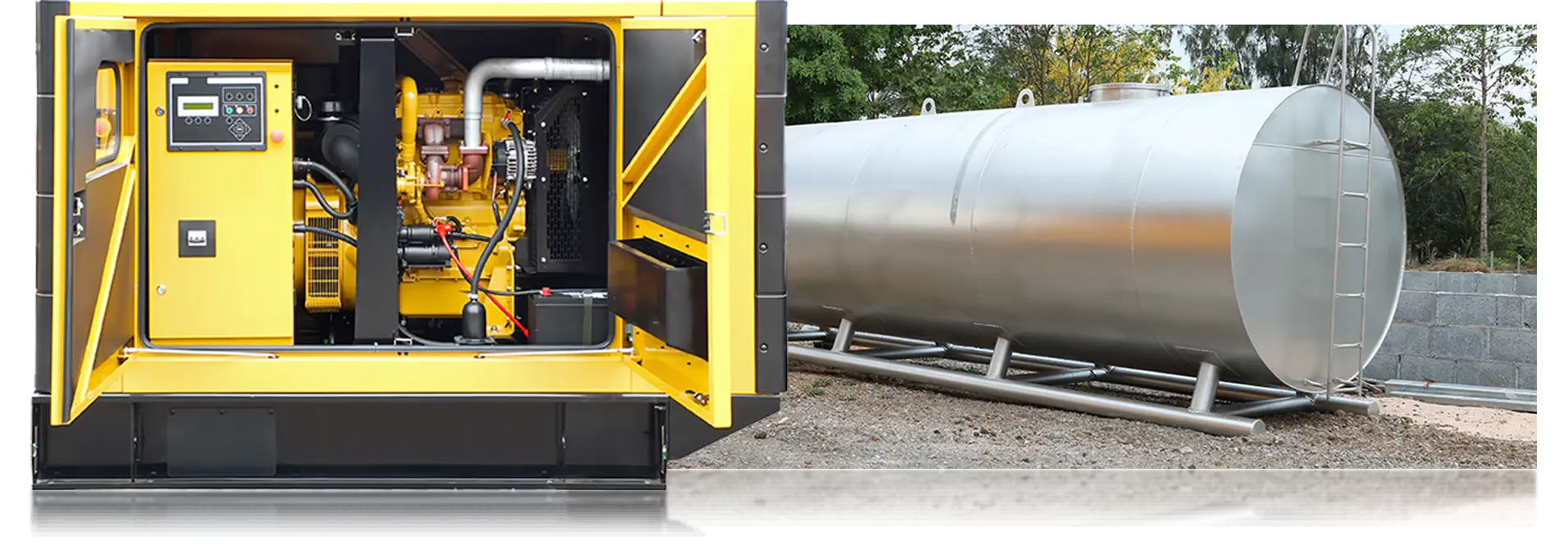
SM2-FUEL is there so you don't have to be. Monitor and control remote day tanks that supply fuel to emergency generators, boilers, or other stationary engine driven equipment.
Simplify central management of a virtually unlimited number of remote sites with a dashboard of information crucial to guaranteeing that your remote generators and other equipment run smoothly when you need them most.
- Monitor crucial data including fuel level, fuel temperature, low and overfill alarms, leak alarms
- Send immediate notifications triggered by any event using SM2's powerful notifications engine
- Eliminate fraud and errors by physically guaranteeing that fuel is dispensed to authorized equipment only
- Prevent costly downtime by capturing accurate equipment runtime for timely preventive maintenance work
- Increase accountability by reconciling volumes of fuel dispensed
- Affordable: deploy it at a virtually unlimited number of sites
INTEGRATED FLEET MANAGEMENT: A GLIMPSE OF THE SM2 PLATFORM
Explore our other advanced fuel management solutions

- A perfect solution for small fleets
- Inexpensive but packs a strong punch
- Same powerful SM2 management software as our enterprise solution
- Automatically track and log every drop pumped by your fuel trucks
- Collect heavy equipment data without keypad entry, while also speeding up fuel runs
- Manage it all from a central dashboard and database
Frequently Asked Questions About Fuel Management
How can I save money with an automated fleet fuel management system?
There are several opportunities to save money with a properly designed fuel management system. Some areas include:
- Never run out of fuel = no production downtime - always have your fleet vehicles and equipment running.
- Manual fuel reconciliation (fuel dispensed against fuel purchased) requires manual labour. Multiply this daily task by several fueling stations, and the costs mount up. An automated fuel reconciliation system saves man-hours and money.
- Discourage fraud and theft by eliminating unauthorized vehicle filling up.
- Identify fuel storage tank leaks before they become an expensive environmental remediation project.
What does a fleet fuel management system do?
A properly designed fleet fuel management system should measure and manage the use of fuel for your fleet and equipment regardless if you have one or several fueling stations. The software and peripheral hardware should be able to grow as your organization grows. It should automatically reconcile your daily fuel dispensed against fuel purchased. The fleet fuel management software should be flexible to automatically deliver the correct report data to all stakeholders.
What are the risks associated with manual fuel tank dips and monthly fuel reconciliation?
- Incorrect stick readings
- Forgetting to take the stick measurements daily.
- Human error in tank volume calculations.
- The lag time between a manual tank dip and fuel pump totalizer readings.
Manual reconciliation leaves much room for error in many areas of the daily process. An automated fuel management solution is a fleet manager’s only answer.
Why fuel management is important in a fleet?
For commercial and industrial fleets, fuel consumption is a large percentage of the operating expense. Actual percentage numbers can vary greatly depending on the type of operation. Regardless of the industry, be it public transit, public works, construction, mining, farming or logging, fuel consumption is a significant expense, and fuel management can significantly reduce operating costs and improve profits.
What does a fuel management system do?
A sound fuel management system will incorporate the necessary hardware and software to track and monitor
- All fuel delivered to a fleet’s storage tanks,
- Daily tank inventory levels,
- Amount of fuel dispersed to fleet vehicles and equipment, who dispersed the fuel, on which date, and at what time.
- Amount of fuel dispersed from mobile fuelling operations to remote vehicles and equipment.
- Provide automatic daily, weekly and monthly fuel inventory reconciliation reports at the push of a keystroke and send this information to the appropriate team members.
All this information provides tools for improved fuel efficiency, reduced fuel costs, and quick identification of tank leaks and theft.
What is an integrated fleet management system?
An integrated fleet management system combines the four main aspects of fleet management into one system.
- It monitors and reconciles fuel consumption and inventories,
- Tracks fleet usage and recommend timely maintenance on vehicles and equipment,
- Tracks location, routes and duties performed by vehicles or equipment through telematics,
- Provides secure access to yards, sites, vehicles and equipment.
How do you monitor fleet fuel consumption?
For commercial and industrial fleets, a superior fleet fuel management solution will
- Monitor and track fuel consumed by each vehicle or piece of equipment
- Monitor the operator using the fleet asset,
- The odometer reading, hours of operation, idle time and engine fault codes.
This information can then be compiled into a report to provide fuel consumption in various ways that make sense to the specific fleet’s requirements.
How can I cut down on fuel consumption for my commercial or industrial fleet?
Many solutions exist, and it will depend on your fleet type. While most answers relate to the transportation industry, commercial and industrial fleets such as public works, public transit, mining, and construction present their own unique opportunities.
- Utilize a sound fleet fuel tracking technology.
- Reduce idling time.
- Monitor and suggest the most efficient routes.
- Maintain proper tire pressures.
- Avoid excessive braking and acceleration.
- Timely and regular fleet maintenance.
- Utilizing the right vehicle/equipment for the task.
How is fleet efficiency calculated?
Fleet efficiency needs to be defined based on the organization’s goals, which will vary depending on the type of industry.
- Transportation could mean the revenue per truck or per mile, cost per mile or percentage of truckload capacity utilised.
- For public transit, it can be measured by total person throughput, ridership growth, planned travel time / excess wait time or corridor travel time by ride components.
- Construction companies can measure by operating costs per equipment or vehicle. It can also be project-based operational costs for future project estimation purposes.
- Mining companies can calculate their fleet efficiency based on operational costs per ton of ore processed.
Regardless of which industry you are in, efficiency requires the accurate measurement and tracking of costs. A fleet management system must enable measurement ad tracking and automate the processes so that more time can be spent identifying areas of efficiency improvement and reduce the time of collecting and assembling information reports.
How can fleet greenhouse gas emissions be reduced?
Here are some areas to focus on to get some quick wins:
- Optimize vehicle routes,
- Reduce idling time,
- Schedule regular maintenance,
- Daily visual inspection of vehicles,
- Avoid excessive acceleration and braking,
- Using the right vehicle for the job,
- Greening your fleet with hybrids, electric or alternative fuels,
Depending on the type of fleet you operate, opportunities exist for CO2 emission reduction.

